European Doors – A One-of-a-Kind Aesthetic
What do doors signify for you? An entrance? An exit? Perhaps home? In the months leading up to my Italian/Spanish excursion, I anticipated many things: delicious food, wine, and history, to name a few. What I didn’t anticipate were the doors of Europe! European doors are stunning. They’re strong. They’re intricate. In fact, European doors are so amazing that they deserve their own blog!
*This post contains affiliate links for which I may receive a small commission should a purchase result from a click. This, in no way, affects you or your cost.*
So, without further adieu, feast your eyes on this Roman beauty before I get much further:
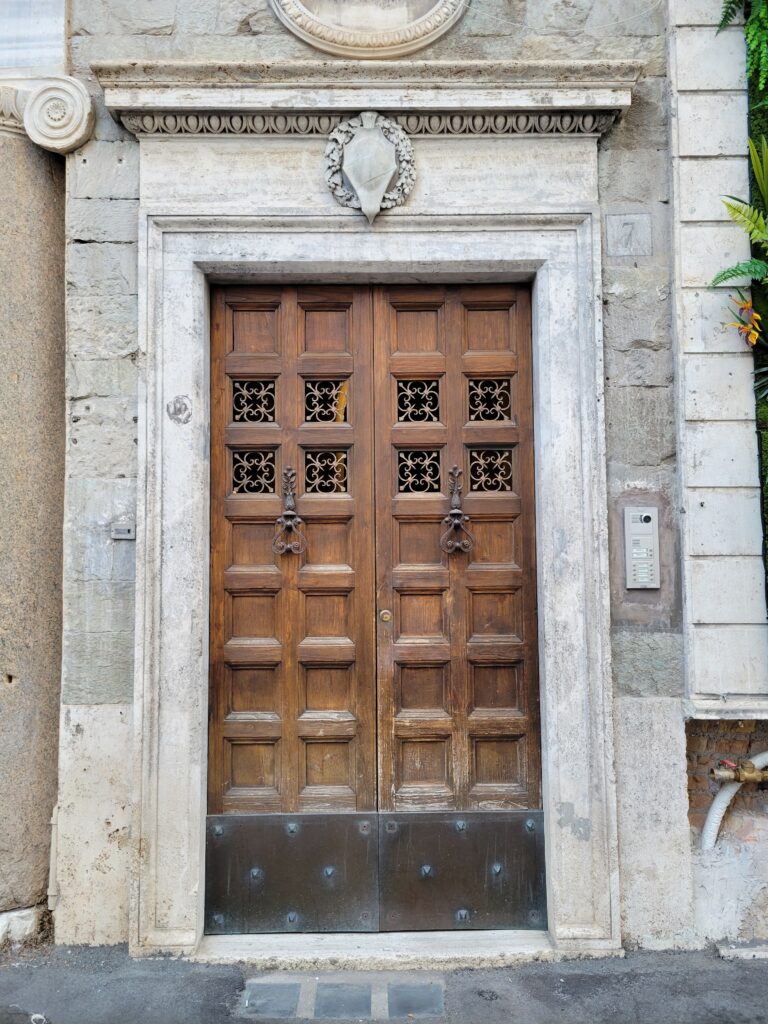
When we first arrived in Rome in mid-July, I naively thought these amazing apertures were unique to The Eternal City. Then, we traveled to Naples, Caserta, Sorrento, Florence, Siena, San Gimignano, Bologna, and Tirano, Italy – they were everywhere!
These perfect passageways were also in Spain, much to my delight. By the time we settled into our two-week stay in Sevilla, España, I had dozens of snapshots of European doors. Outside of C.S. Lewis’ The Lion, The Witch, and The Wardrobe and my own creative imagination, I had no idea a portal could be so pleasing.
MOORISH INFLUENCE ON SPANISH ARCHITECTURE
The Moorish influence on Spanish architecture, in particular, is a significant aspect of Spain’s architectural history. It primarily stems from the Islamic rule on the Iberian Peninsula from the 8th to the 15th centuries. This influence left a lasting impact on the country’s architectural styles, techniques, and aesthetics, and it’s significantly demonstrated through the country’s doors!
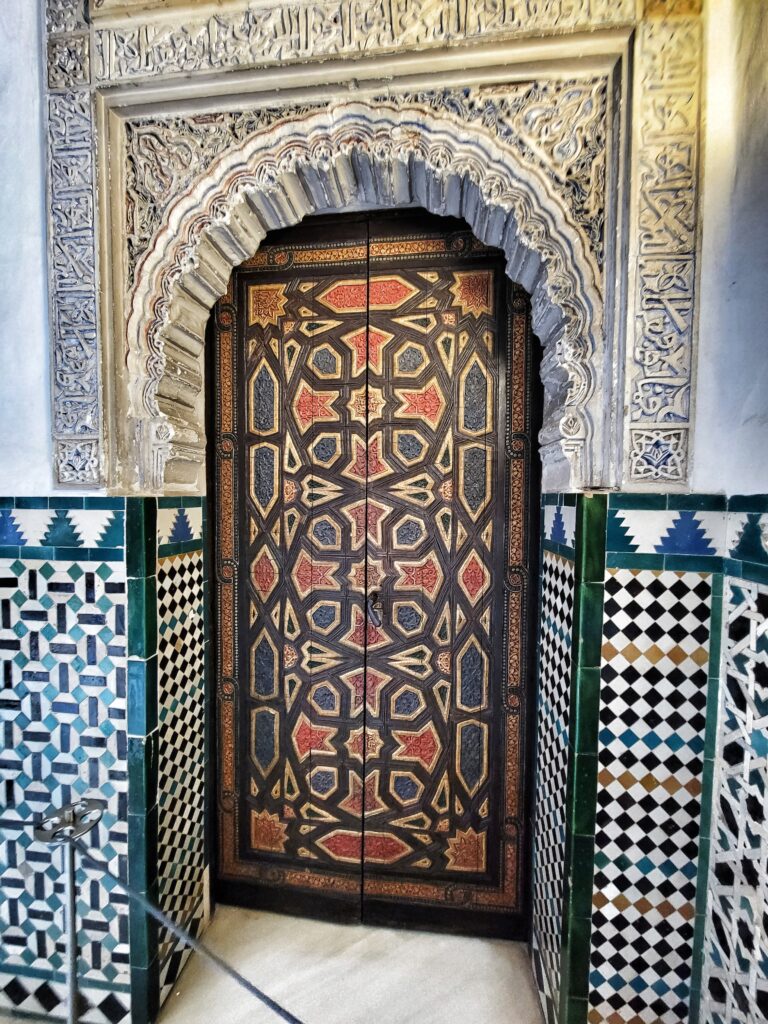

The cultural and architectural heritage of Spain has been permanently impacted by the Moorish influence. It has influenced the distinctive fusion of Islamic, Christian, and indigenous styles that can be seen in many constructions throughout Spain, serving as a witness to the Iberian Peninsula’s long cultural heritage.
THE DOORS OF EUROPE DO NOT DISAPPOINT
So, here I am, in these beautiful, historic places, eating delicious food, drinking some of the best wine in the world, and I’m taking photos of doors. Isn’t that part of travel’s appeal, though? Being pleasantly surprised by something completely unexpected and finding beauty in something most people might perceive as entirely mundane. I assure you that I do not walk down the streets of downtown Los Angeles marveling at any means of entry.
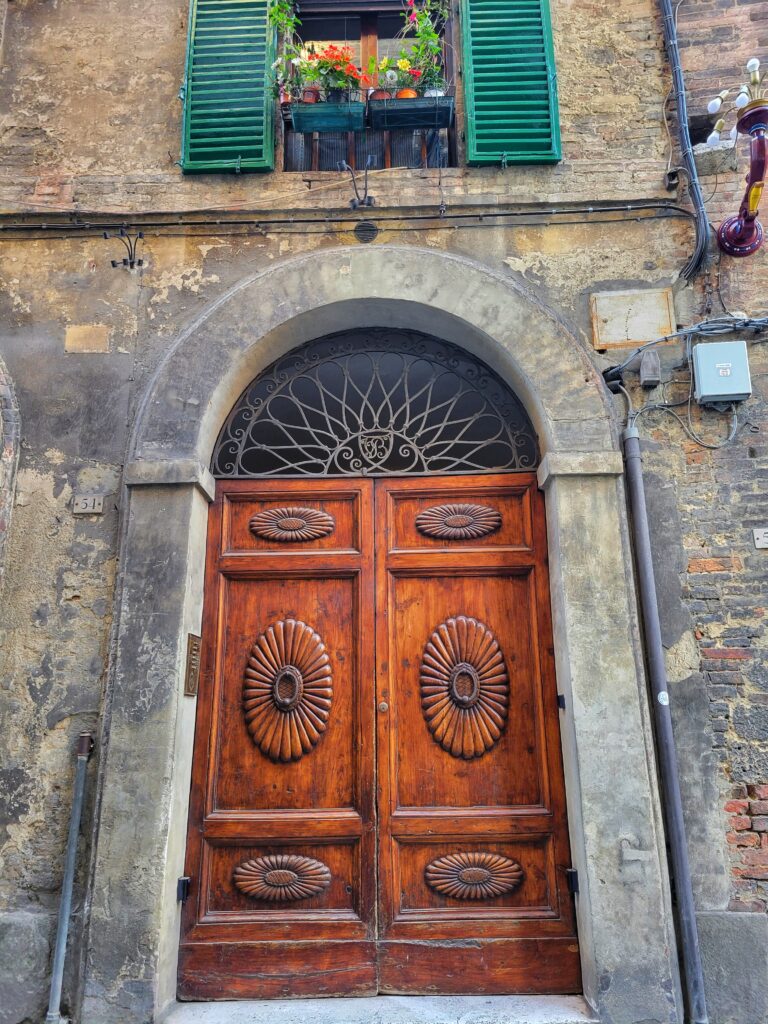
That’s not to say that I haven’t appreciated some of the architectural delights of my own home city. In fact, the abundance of Art Deco influence comes to mind. But the doors of Europe are not few and far between. They are everywhere, and they are alluring. Every corner you turn, every other “entrada” you walk by, is a sight of intricate detail and various cultural aesthetics sure to please any passerby.
Take this lovely gem, for example, from Siena, one of Tuscany’s many treasures. The more doors of Europe I came across, the more I wanted someone to set up benches right in front so that I could sit, study, and appreciate. You know, like how they do in art museums in front of grand works of art? That’s what the doors of Europe are – grand works of art!
A LIL’ MORE HISTORY ON EUROPEAN DOORS
The beautiful doors of Europe have a rich history that spans centuries and represents the cultural, aesthetic, and architectural development of the continent. Doors and entryways have had a significant impact on the design and functionality of European architecture from ancient civilizations to the present.
Doors in ancient Europe were frequently functional and fashioned of wood, stone, or other locally accessible materials. The dominant architectural trends of the day had an impact on the design. Grander entrances started to emerge as cultures grew and urbanized, particularly in the context of castles, forts, and religious structures. For example, elegant entrances in medieval churches frequently displayed biblical events, acting as both artistic expressions and educational resources for the largely illiterate population.
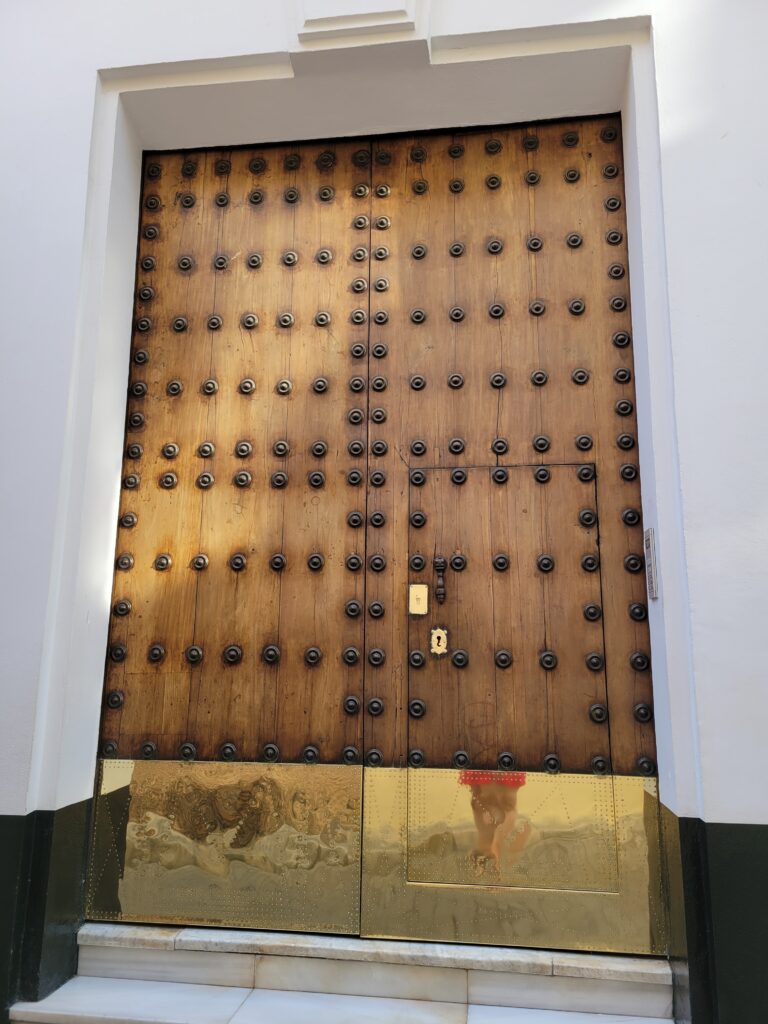
Intricate door and entryway designs became even more popular throughout the Renaissance, which saw a resurgence of interest in classical architecture. The door frames of palaces, cathedrals, and other significant buildings were exquisitely carved and sculpted. Grandiose facades, ornate motifs, and intricate door surrounds were focal points of architectural compositions throughout the Baroque era, which intensified this trend even further. It was almost as if each architect and designer were competing for who could fashion the grandest of entryways.
Neoclassicism originated as a response to the excesses of the Baroque and Rococo periods in the 18th and 19th centuries. Neoclassical architecture incorporated simpler and more symmetrical entryways as a result of drawing inspiration from ancient Greek and Roman design principles. The Gothic and Romanesque revival movements, for example, brought back aspects of medieval and ancient architecture, notably elaborate and symbolic gateways, during the 19th century.
The Art Nouveau movement, distinguished by its organic forms and flowing lines, first appeared in the late 19th and early 20th centuries. This design aesthetic also included doors and entryways with curvilinear motifs, stained glass, and elaborate wrought ironwork being found there. As Europe transitioned into the modern age, architects started experimenting with cutting-edge concepts and modern materials. Early in the 20th century, minimalism and functionalism gained popularity, leading to simpler and more efficient entranceways.
THE SIGNIFICANCE & SYMBOLISM OF EUROPEAN DOORS AND ENTRYWAYS
Modern Europe exhibits many different architectural styles and influences. Architects frequently incorporate contemporary materials and technologies while drawing influence from the past. Some designs place a strong emphasis on sustainability, utilizing green building materials and implementing energy-saving elements into their layouts.
Doors and entryways have played a significant role in expressing cultural identity, creative inventiveness, and architectural prowess throughout history. They also serve as practical components providing access to everyday and important structures. They exhibit the expertise of numerous artisan skills while reflecting the changing tastes and aspirations of societies. Beautiful entryways and doors still capture people today, luring them to discover the past and personality of the structures they adorn. And many a European entranceway has lured me in!
Currently, I’m entranced (pun intended) by the entrances of Córdoba. As I step over thresholds, I find myself enthralled by the beauty of this Andalucían city’s “patios,” characterized by vibrant flowers, intricate tiles, and cooling fountains. These serene sanctuaries are an emblem of Moorish and Spanish influences deserving of their own blog. Stay tuned.
Doors can signify so many things, including the following:
- Coming
- Going
- Departure
- Portal
- Beginning
- End
- Personality
- Transition
- The Unknown
Check out this 50-second video compilation of the European doors that caught my attention for a bit of inspiration. Let me know in the comments what doors symbolize for you.

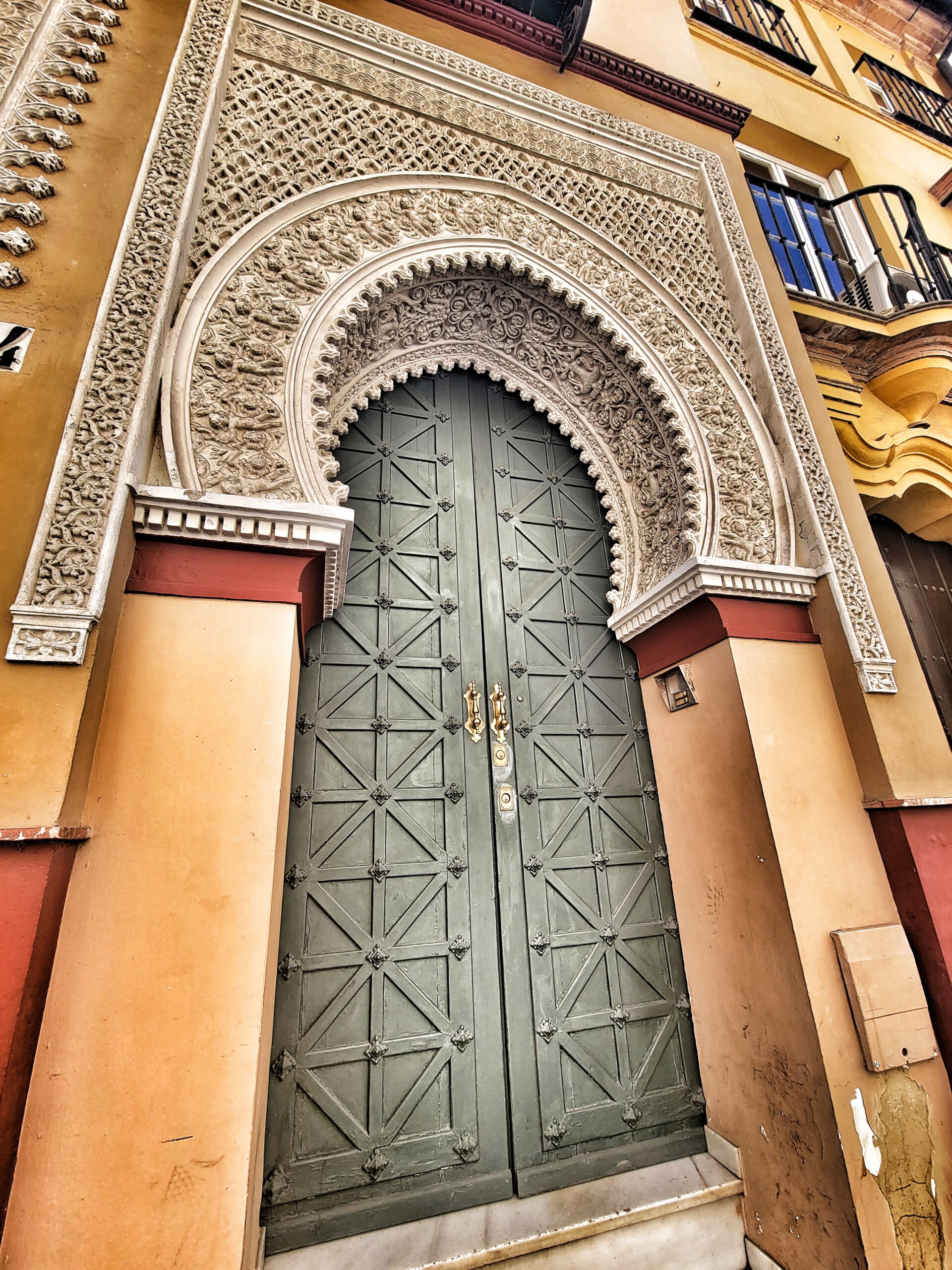
Leave a Reply